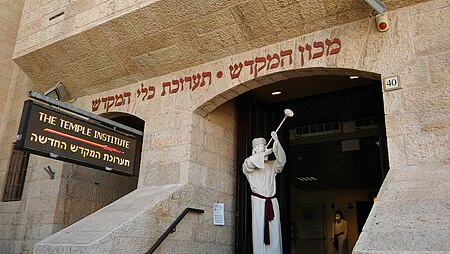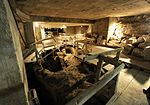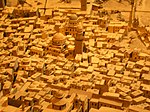The Temple Institute

The Temple Institute, known in Hebrew as Machon HaMikdash (Hebrew: מכון המקדש), is an organization in Israel focusing on the endeavor of establishing the Third Temple. Its long-term aims are to build the third Jewish temple on the Temple Mount, on the site occupied by the Dome of the Rock, and to reinstate animal sacrificial worship. It aspires to reach this goal through the study of Temple construction and ritual and through the development of actual Temple ritual objects, garments, and building plans suitable for immediate use in the event conditions permit its reconstruction. It runs a museum in the Jewish Quarter of the Old City of Jerusalem in Israel. It was founded and is headed by Rabbi Yisrael Ariel. Its current director general is Dovid Shvartz, and the International Department is headed by Rabbi Chaim Richman. New York billionaire Henry Swieca has supported the institute. The Israeli government has also provided funding.
Excerpt from the Wikipedia article The Temple Institute (License: CC BY-SA 3.0, Authors, Images).The Temple Institute
Heil HaHandasa, Jerusalem Morasha
Geographical coordinates (GPS) Address Nearby Places Show on map
Geographical coordinates (GPS)
| Latitude | Longitude |
|---|---|
| N 31.775480555556 ° | E 35.2331 ° |
Address
העיר העתיקה בירושלים וחומותיה
Heil HaHandasa
9511208 Jerusalem, Morasha
Jerusalem District, Israel
Open on Google Maps









